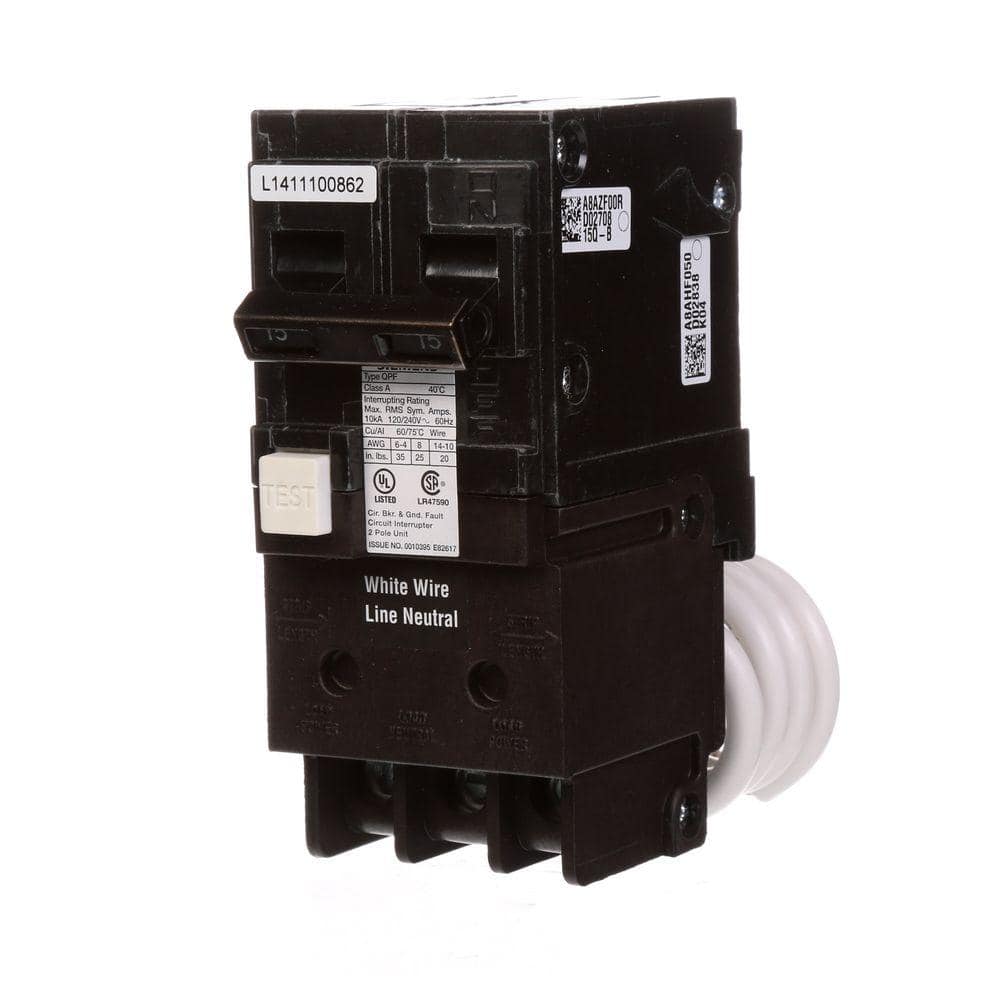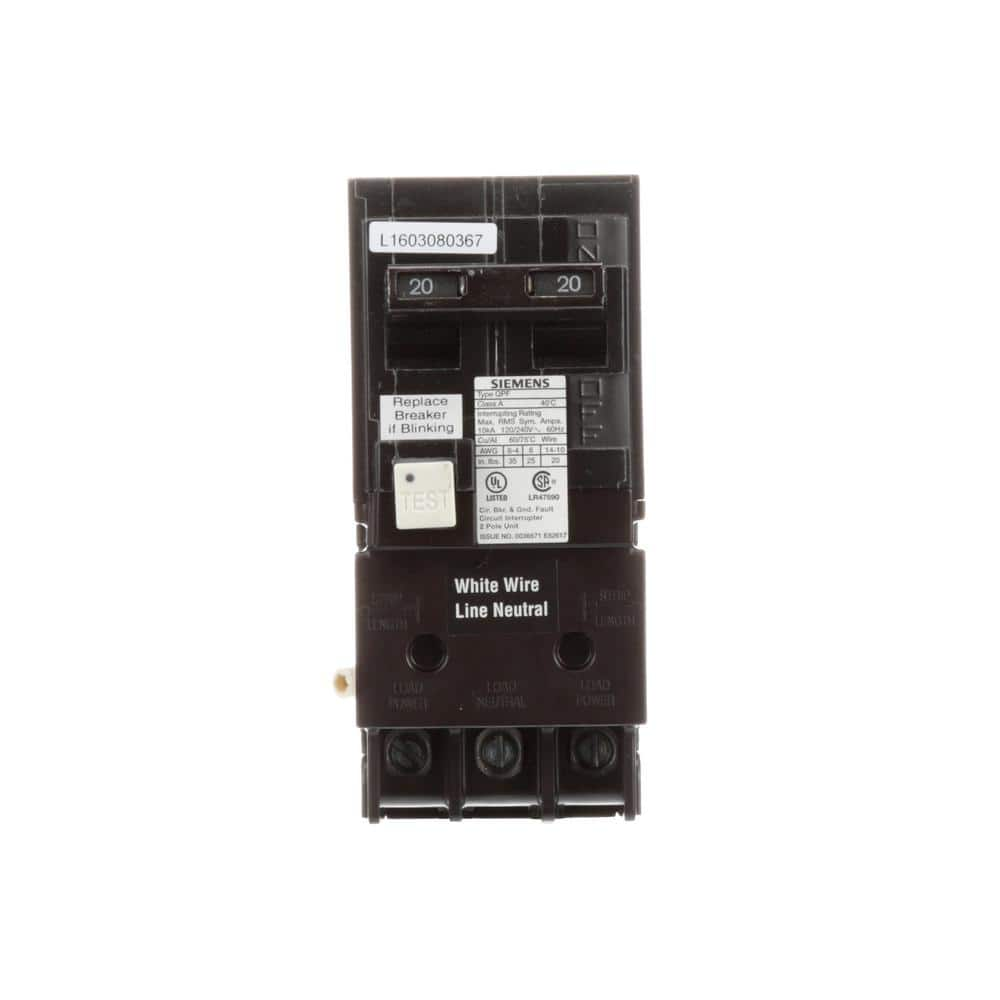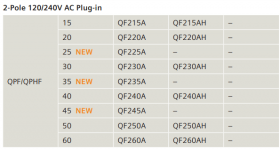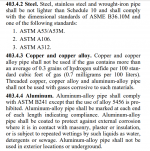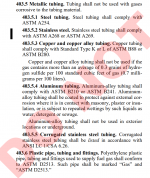noise from the harmonics is supposed to flip the breaker?
The GFCI protection protects people from leaked current.
Harmonics can cause false trips, but the breaker is not designed to detect harmonics.
In fact, the better breakers are designed to be shielded from the effects of harmonics that can cause false trips.
Double-pole, 240-Volt, 15 Amp GFCI circuit breaker
10 kA interrupting rating
Includes self-test as required by UL 943 as an added safety feature
Suitable for a variety of construction applications including spas, hot tubs, kitchens, bathrooms, etc.
Resists false tripping (shielded to prevent RF interference)
Provides class A GFCI protection
White line neutral (pigtail) must be connected to the panel neutral for the device to function.
Pentair offers 2-Pole 20 Amp GFCI breakers (P/N PA220GF) which offer personnel protection while meeting 2008 to current NEC Standards for Pool Pumps.
The Pentair is is the same as the Siemens 20 Amp Double Pole Type QPF2 GFCI Circuit Breaker.
The Pentair 20 amp seems to be still available, but at a ridiculous price.
The Siemens is still available as the stock sells out, but the price is high.
Amazon.com: Pentair PA220GF 2-Pole GFCI Circuit Breakers, 20-Ampere : Patio, Lawn & Garden
www.amazon.com
Prevent a ground fault in construction applications like spas, hot tubs, kitchens or bathrooms with this Siemens Double Pole Type QPF GFCI Circuit Breaker.
www.homedepot.com
GFCI circuit breakers have three trip mechanisms, thermal, magnetic and GFCI.
The GFCI part for a Class A device trips at 4 to 6 milliamps for all breakers.
The magnetic mechanism trips due to short circuits creating a very high current, which creates a magnetic trip, which is instantaneous on all breakers.
The thermal mechanism trips due to heating when the current exceeds the breaker rating.
A circuit breaker should be able to carry its full rated load continuously without tripping.
The first (and most common) misconception is that a breaker trips when its nameplate rating is exceeded.
One fire text has stated (incorrectly) that a circuit breaker will trip in several minutes with a small increase in current over its rating.
Actually, a 20 amp breaker must trip at a sustained current of 27 amperes (135 percent) at less than one hour, and at 40 amperes (200 percent of wire rating) in less than 120 seconds—far different from what the cited text implies.
These two trip points (135 percent and 200 percent) are defined in NEMA Standard AB-1, MCCBs and Molded Case Switches.
The basic circuit breaker used in both residential and light commercial applications is called the T-M or Thermal Magnetic Circuit Breaker.
Another term that is sometimes used is the MCCB, or Molded Case Circuit Breaker.
The T-M circuit breaker has two independent trip mechanisms: thermal and magnetic.
The former reacts to overloads and causes the breaker to trip, while the latter responds to short circuit fault currents.
